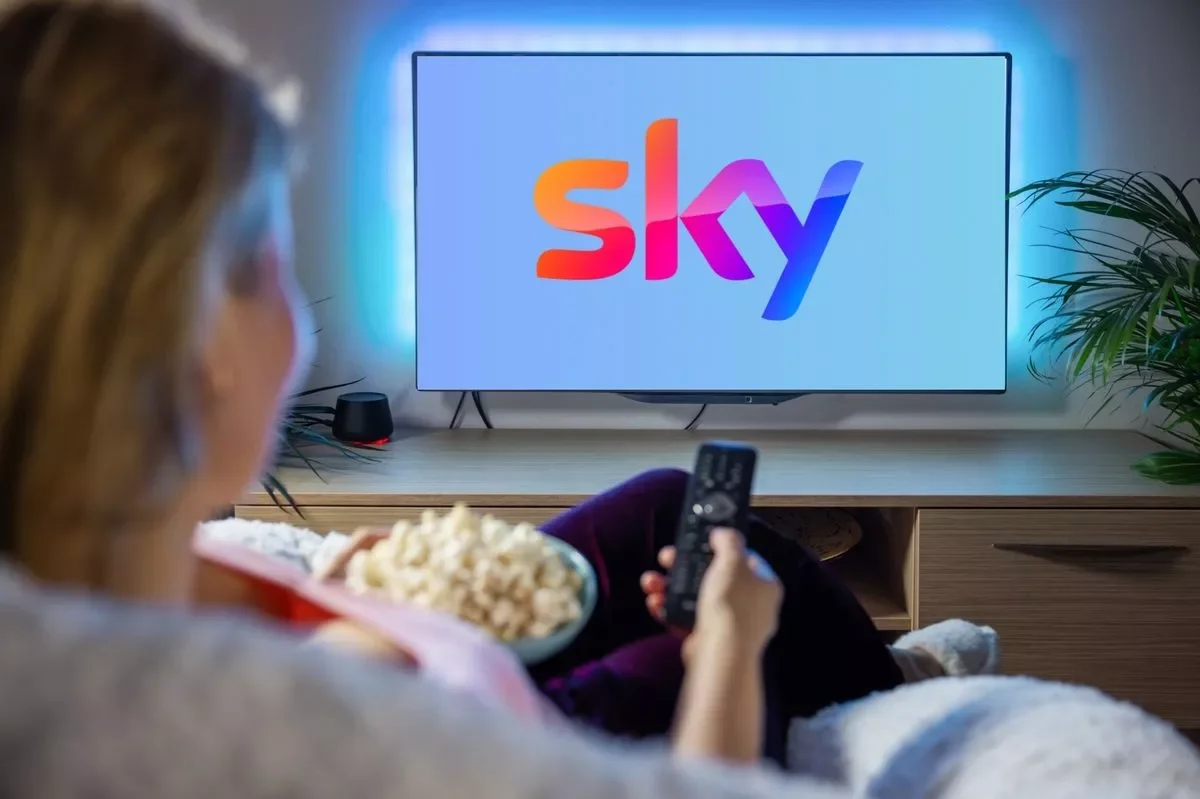The role and importance of Video Advertising in consumer purchasing decisions.
Video Advertising.
Key Takeaways
Video drives decisions at every stage – from awareness and education to conversion and loyalty, it turns attention into action.
Trust through demonstration – showing products in action reduces uncertainty and builds confidence in the brand.
The future is interactive and shoppable – AI, CTV, and clickable formats will make video even more central to the customer journey.
Why Video Advertising Matters
Video advertising is one of the most powerful tools available to modern marketers. Unlike static imagery or text, video combines sight, sound, motion and emotion to deliver messages that stick. It does not just inform; it entertains, persuades, and builds trust in ways few other mediums can.
But what role does video advertising play in the actual purchasing decisions consumers make? Why does it work, and how should brands use it effectively? Let’s explore.
How Brands Use Video Advertising
Video serves multiple roles across the customer journey:
Awareness – Catching attention with bold, creative storytelling.
Education – Explaining product benefits, features, or use cases in ways that text cannot.
Consideration – Building trust by showing the product in action, often through tutorials, reviews or testimonials.
Conversion – Persuading customers to take the final step with compelling calls-to-action.
Retention – Reinforcing loyalty through post-purchase content such as tips, updates, or community stories.
From short bumper ads to long-form explainers, video can be shaped to fit almost any stage of the funnel. Its versatility makes it unique among advertising formats.
Key Considerations for Brands
1. Capturing Attention
Consumers today are bombarded with content. The average person scrolls through hundreds of posts daily across multiple platforms. Attention spans are short, and competition is fierce.
This puts pressure on advertisers to make those opening seconds count. The first three to five seconds often determine whether viewers continue watching or scroll away.
Successful video advertising balances information with entertainment. Consumers are not just looking for facts—they want to be engaged, amused, or inspired. Ads that deliver both are the ones that earn attention.
2. Choosing the Right Channels
Not all video platforms are created equal. Brands must choose channels strategically, based on both audience behaviour and campaign objectives.
YouTube remains the most widely used platform for video marketers, with around 87% prioritising it in their strategies. Its strength lies in intent-driven search—consumers actively look for information, reviews, and tutorials.
TikTok, despite its meteoric rise, still represents an underused opportunity for brands. Recent studies show only around 20% of marketers leverage TikTok for advertising, though those who do often report strong engagement.
Instagram Reels and Stories provide immersive short-form placements that align well with lifestyle, fashion, and beauty brands.
Connected TV (CTV) has exploded, with platforms like YouTube TV, Netflix (with ads), and Disney+ offering premium video placements that blur the line between broadcast and digital.
LinkedIn video is proving effective in B2B marketing, especially for thought leadership and product demos.
The right channel is not always the biggest one—it’s the one where your target audience is most engaged, in the right mindset to watch and act.
3. Timing and Context
When and where viewers encounter your video matters almost as much as the content itself. Mid-roll ads in long-form YouTube videos, for example, work differently to short TikTok ads designed for quick entertainment.
Context is also key. A consumer searching for “best laptops 2025” on YouTube is in a very different mindset to someone mindlessly scrolling Reels after work. Advertisers must align creative to context: informative content for active intent, emotional or humorous content for passive browsing.
Why Video Advertising Works
1. It Mirrors Human Behaviour
Humans are visual creatures. We process visuals faster than text, and we retain more information when it’s presented in video form. This makes video naturally more persuasive.
2. It Builds Trust
One of the biggest barriers to purchase online is uncertainty. Will the product work? Does it look like the photos? Can I trust the brand?
Video addresses these concerns head-on. By showing the product in action, featuring real people, and demonstrating authenticity, video helps reduce doubt and build trust.
3. It Influences Decisions Directly
The statistics speak for themselves:
84% of people say they have been convinced to buy a product or service after watching a brand’s video.
Social video generates up to 1200% more shares than text and images combined.
Live video, in particular, is one of the fastest-growing tactics, with high engagement and interaction rates.
When consumers see, hear, and feel the product through video, they are more likely to act.
The Role of Video in the Customer Journey
Video influences purchasing decisions at every stage:
Top of Funnel (Awareness): Short ads on YouTube, TikTok, or Instagram Reels introduce the brand and spark curiosity.
Mid Funnel (Consideration): Explainers, demos, testimonials and influencer content answer questions and provide reassurance.
Bottom of Funnel (Conversion): Retargeted video ads remind consumers of products they viewed, often tipping them into purchase.
Post-Purchase (Retention): Tutorials, community highlights and storytelling deepen loyalty and encourage repeat purchases.
Video is not just a tool for attention—it is a full-funnel driver of decisions.
Challenges for Advertisers
While video is powerful, it is not without challenges:
Production Costs – High-quality video requires more investment than static creative.
Ad Fatigue – Poorly targeted or repetitive video ads risk irritating audiences.
Measurement Complexity – Tracking true ROI can be tricky across platforms with different attribution models.
Competition – As more brands use video, standing out requires stronger creative and more distinctive storytelling.
The solution is not simply more video—it’s better, smarter video.
The Future of Video Advertising
As we move through 2025, video’s dominance is only set to grow. Trends shaping the future include:
Shoppable Video Ads – Allowing consumers to click and purchase directly from within the video.
AI-Personalised Creative – Customising video ads in real time to reflect user demographics, behaviour, or interests.
Interactive Formats – Polls, quizzes, and choose-your-own-adventure videos increasing engagement.
Cross-Device Consistency – With CTV and mobile consumption rising, seamless creative across devices will become crucial.
For brands, video is no longer optional—it is an expectation.
Final Word
Video advertising plays a central role in modern consumer purchasing decisions. It captures attention in crowded feeds, builds trust by showing products in action, and influences decisions across every stage of the customer journey.
When used strategically—on the right channels, with creative that engages and informs—video advertising doesn’t just work. It transforms awareness into consideration, and consideration into sales.
The evidence is clear: the future of digital advertising is video. The question for brands is no longer should we use video, but how can we use it most effectively to drive purchasing decisions?
To learn more about Video Advertising in Consumer Purchasing Decisions, get in contact today.












